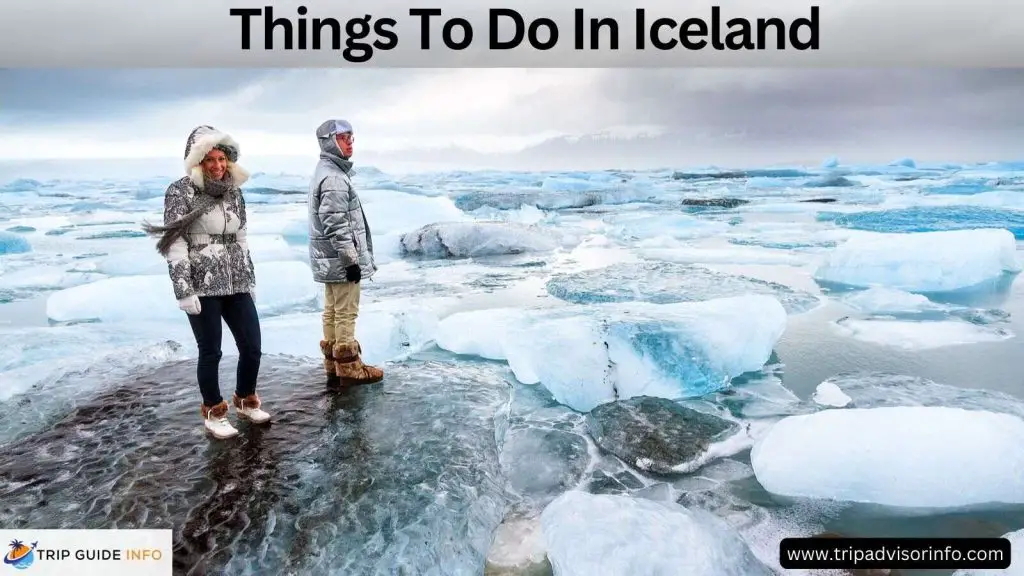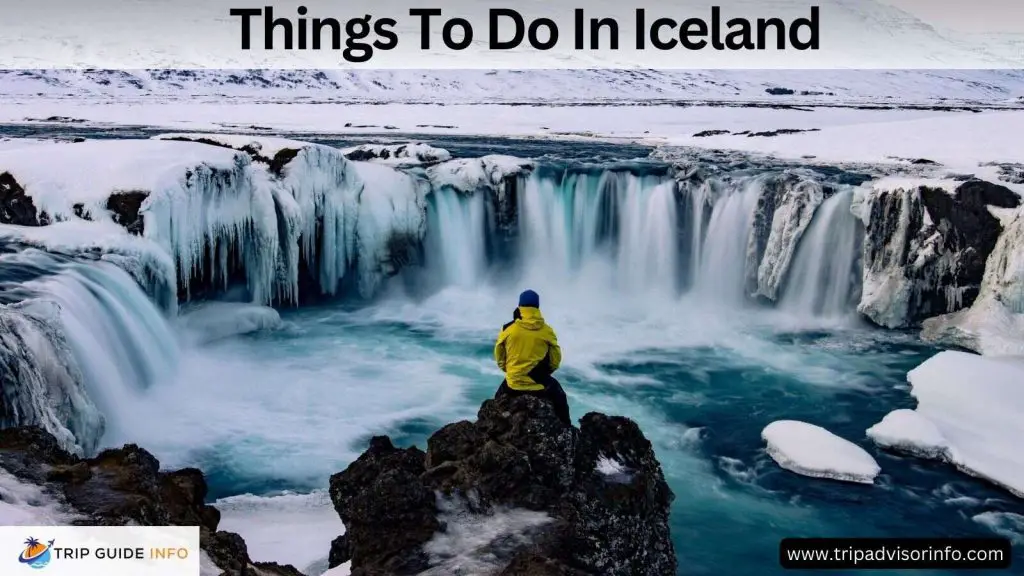Are you ready for an adventure? Just look at Iceland, the land of incredible beauty, and other places in the world. Make it your mission to experience the magic of this incredible country with three of the best things to do in Iceland in 2023.
From hiking on glaciers to chasing the Northern Lights, these unforgettable experiences will leave you amazed and hungry for more.
So pack your bags and get ready for a journey like no other – let’s explore the wonders of Iceland together!
Introduction to Iceland
Iceland is a country full of surprises. From the stunning scenery to the vibrant culture, there is so much to explore in this unique place. Here are some of the best things to do in Iceland:
- Visit Reykjavik – The capital, Reykjavik, is a great place to start exploring Iceland. With its vibrant arts scene and rich history, Reykjavik has something for everyone. Be sure to visit the city’s landmarks, such as the Hallgrimskirkja Church and the Harpa Concert Hall.
- Learn about the Northern Lights – One of Iceland’s most popular tourist attractions is the beautiful Northern Lights. These natural phenomena can be seen from September to early April, so be sure to plan your trip accordingly. Many tour operators offer Northern Lights viewing tours, so do your research before booking.
- Explore the Icelandic countryside – Iceland’s diverse landscape is one of its main attractions. There is so much to see and do outside of Reykjavik, from glaciers and waterfalls to black sand beaches and volcanoes.
Many tourists choose to rent a car and drive around the island, passing by attractions such as Thingvellir National Park and Vatnajökull National Park. Others prefer tours, which are a great way to learn more about Iceland’s history and geology.
Whatever you decide to do in Iceland, you can be sure of an unforgettable experience.
12 Things to do in Iceland
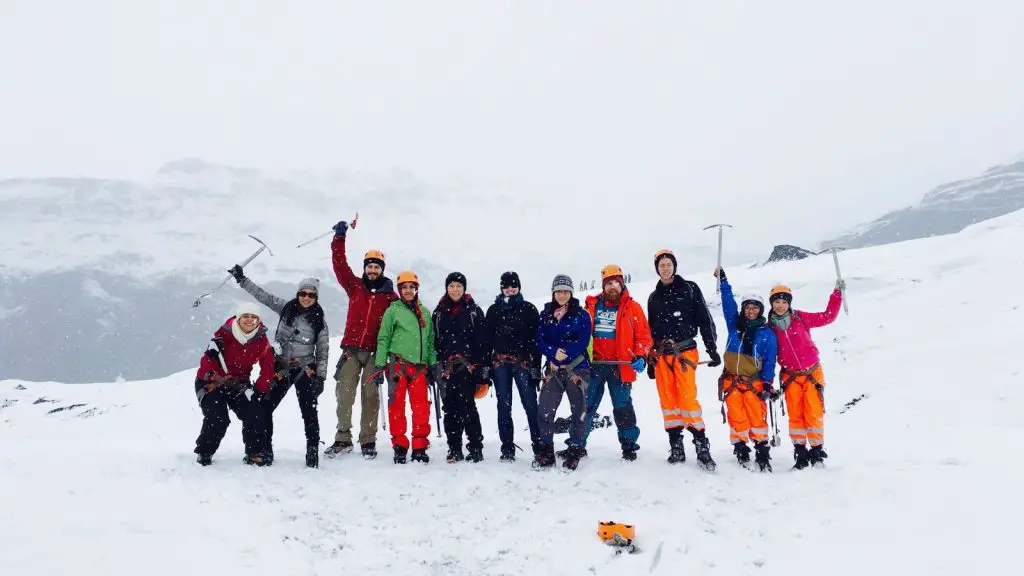
There are so many great things to do in Iceland that it’s hard to know where. Beginning, but don’t worry – we’ve got you covered. Here are some of the best experiences in this wonderful country:
1. Visit the Blue Lagoon
The Blue Lagoon is one of Iceland’s most famous attractions, and for good reason. The hot pool below is located in a beautiful lava field, and the water is a beautiful blue color due to the silica and minerals in it.
It is the best place to relax, and you can get a facial or massage there.
2. See the Northern Lights
One of the best things about Iceland is that it is one of the best places in the world to see the northern lights.
These natural phenomena are truly incredible, and there is nothing like witnessing them. Don’t forget to keep warm!
3. Explore Reykjavik
Iceland’s capital city, Reykjavik, is definitely worth a visit. From vibrant nightlife to amazing shows, there’s so much to entertain you.
4. Northern Lights
Nothing like watching the Northern Lights dance across the night sky. If you’re lucky enough to be in Iceland this winter, don’t miss out on this once-in-a-lifetime experience.
Here are some tips for watching the Southern Lights:
- Dress tight! Even if you’re packing, it’s important to stay warm because you’ll be outside for a long time.
- Find a dark place away from city lights. The darker the sky, the better your chances of seeing the Northern Lights.
- Be patient. The Northern Lights are hard to catch, so it’s important to take time for yourself to see the view.
- When taking long photos, use a tripod to keep the camera steady. This will help capture the ethereal beauty of the Northern Lights.
5. Whale Watching
Whale watching is one of the most popular activities in Iceland. There are many different companies that offer whale-watching tours, and they all have different prices and packages.
The most important thing to remember when booking a whale-watching trip is to book early. The best time to see whales in Iceland is from May to September.
You can see many species of whales on a whale-watching tour in Iceland. The most common whale species is the minke whale. You can see humpback, fin, and blue whales. Orcas are also occasionally seen in Icelandic waters.
Whale-watching tours usually take about 3-4 hours. During the tour, you will sail to the open sea to try and see some whales. Your guide will teach you about the different types of whales and their behavior.
Whale-watching tours are a great way to learn about these beautiful animals while taking in the beauty of Iceland.
6. Explore the fjords of West Iceland
Iceland has it all when it comes to beauty.
One of the best ways to experience this beauty is to explore the country’s many fjords. West Iceland has some of the most beautiful fjords in the country, so if you’re looking for an unforgettable experience, this is the place for you.
There are many ways to explore the West Icelandic fjords. You can go boating, hiking, and swimming (if you’re brave enough!).
Whichever you choose, you are sure to marvel at the beauty of these beautiful designs.
So what are you waiting for? Start planning your trip to West Iceland today and experience the magic for yourself!
7. Glacier Hiking in Southern Iceland
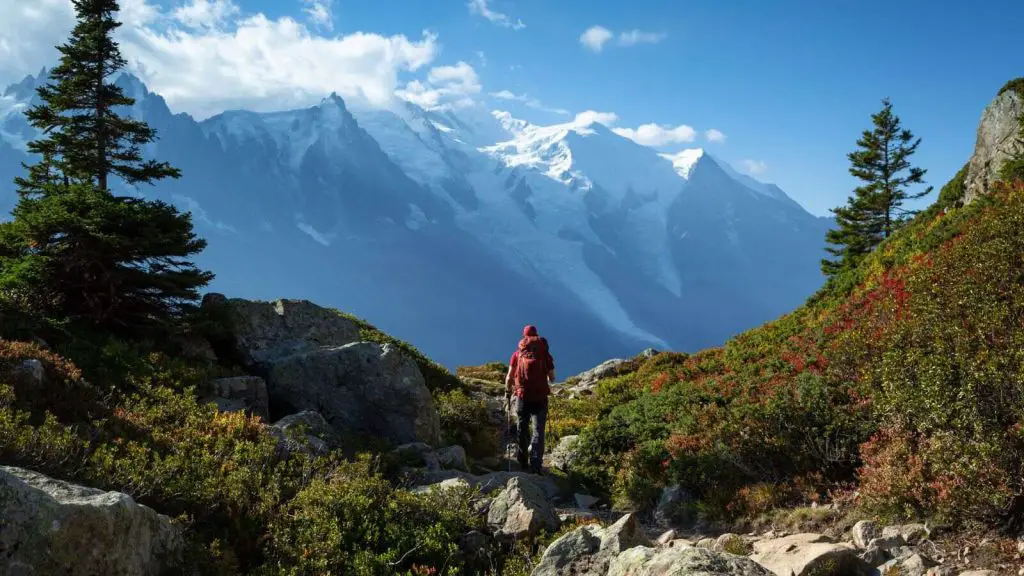
Glacier walking is one of the most popular activities in Southern Iceland. There are many glaciers to choose from, including the popular Vatnajokull.
Hiking on the glacier is a unique experience and a great way to explore the Icelandic landscape.
There are a few things to consider when walking on ice.
- First of all, don’t forget to dress thickly and in layers. The weather can change quickly, and you need to be prepared for any situation.
- Second, wear suitable shoes with good grip. Snow and ice can cause frostbite, so make sure your shoes will keep you safe.
- Finally, bring plenty of water and snacks. Walking can be tiring, so it’s important to stay hydrated and energized. Now you know what to do, it’s time to go! Start by exploring the easy way around the edge of the ice.
Once you get used to it, you can embark on a more challenging path. Remember to follow all safety instructions and do not go alone. With a little planning, glacier hiking can be a lot of fun!
8. Snowmobile in Glacier Lagoon
Snowmobile in Glacier Lagoon is one of the most popular activities in Iceland. This experience is like no other, and everyone should try it at least once.
There are many different companies that provide travel services, and they all have their own way of working. Some even offer pickup and drop-off from your hotel.
It is important to do research and read reviews when choosing a company. This will help you find the company that best suits your needs.
The next step after finding a company is to book your travel. Tours usually last about 2 hours, and you must dress tight.
When you arrive at the glaciers, your guide will give you safety instructions. Then they will help you get on your snowmobile and go. The feeling of walking on a glacier is truly magical and an experience you will never forget.
9. Visit the Golden Circle and Thingvellir National Park
The Golden Circle is a must if you want to experience the best of Iceland.
This iconic route takes you through some of the country’s most beautiful destinations, including the world-famous Thingvellir National Park.
Thingvellir National Park is one of Iceland’s most popular tourist destinations, and it’s easy to see why. The park has many beautiful geological features and is also an important historical site.
Visitors can explore the park’s many hiking trails, walk through the beautiful landscape, and learn about Iceland’s unique history and culture.
Thingvellir National Park is a great place to go if you want to see Iceland’s wildlife. The park is home to many animals, such as reindeer, Icelandic horses, and more.
Whatever your preference, visiting Thingvellir National Park is an unforgettable experience.
10. Maritime in East Iceland
East Iceland has some of the most beautiful and diverse landscapes in the country.
From the pristine forests of Vatnajökull National Park to the rugged beaches of the Eastfjords, there is something for everyone. Horseback riding is a great way to explore these beautiful places.
There are many different companies that offer horse riding in East Iceland. They welcome all levels of experience, so whether you’re a total beginner or an experienced cyclist, you’ll be able to find a tour that fits your needs.
Tours usually last 2 to 4 hours and take you to some of the fascinating landscapes in the area.
One of the best things about horseback riding in East Iceland is that it gives you the opportunity to get away from it all. You can forget your daily worries and enjoy the scenery to the fullest.
If you’re looking for an unforgettable experience, horseback riding in East Iceland is for you!
11. Hot Springs and Geothermal Pools
Iceland’s hot springs and geothermal pools are some of the best in the world. There’s nothing like getting drenched in the summer heat and surrounded by stunning Icelandic scenery.
Iceland has a wide variety of hot springs and spas to choose from in the area. Some of the most popular spots are the Blue Lagoon, Reykjadalur Hot Springs, and Lake Mye Natural Baths.
Each of these spas has its own characteristics and benefits. For example, the Blue Lagoon is known for its healing properties, while the Reykjadalur Hot Springs offers beautiful views of the surrounding mountains.
No matter which spa you choose to vacation in, you should have an unforgettable experience.
12. Caving
Caving is one of the most popular tourist activities in Iceland. This is a game suitable for all ages and fitness levels.
There are many different caves to explore, each with its own unique features.
Some of the most famous caves include Vatnajökull ice cave, Þríhnúkagígur lava cave, and Grjótagjá geothermal cave. Caving is a great way to experience some of the wonders Iceland has to offer.
Frequently Asked Questions
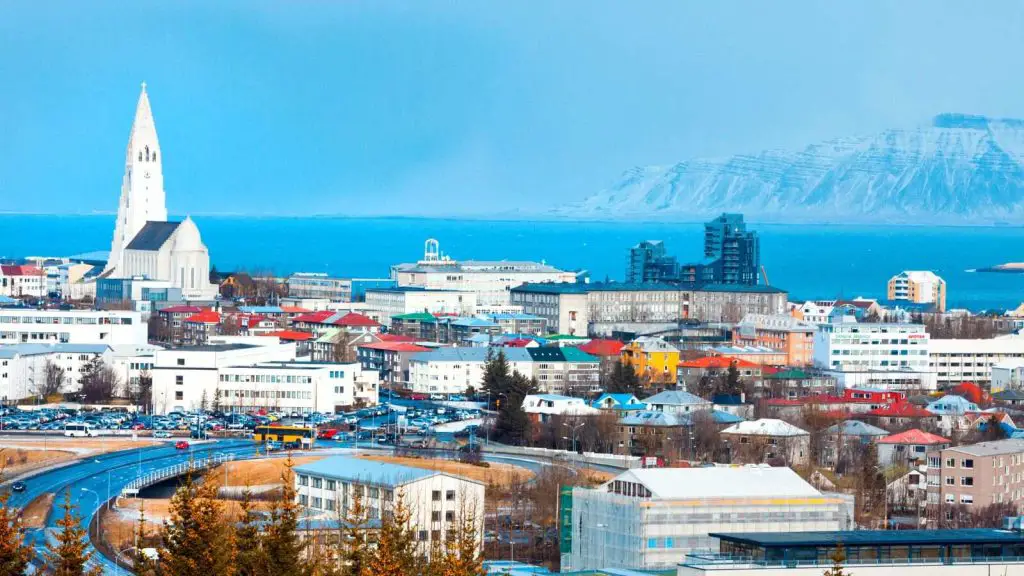
Q1. Is Iceland expensive?
No, Iceland is not expensive. In fact, it is one of the cheapest countries in Europe. The cost of living in Iceland is relatively low, and there are many free or low-cost activities you can enjoy.
Q2. How safe is Iceland?
Iceland is one of the safest countries in the world. The crime rate is low, and the country is safe. Iceland is also a very popular destination for tourists, and there are many English-speaking services.
Q3. What to do in Iceland?
There is so much to do in Iceland, including hiking, and visiting glaciers, hot springs, and waterfalls. In addition, there are many cultural activities, such as museums and churches, that tourists can enter.
Q4. What should I take with me to Iceland?
When traveling to Iceland, be sure to pack thick clothes because the weather is unpredictable. It’s also a good idea to bring good shoes for walking and hiking.
Also, don’t forget to bring a power adapter to charge the medicine and electronic devices you need.
Q5. How can I get to Iceland?
The best way to see Iceland is by car. This allows you to explore and see more of the country on your own, faster than relying on public transport.
However, it is important to remember that in some parts of the country, driving can be difficult due to the weather and terrain.
Q6. Where should I stay in Iceland?
There are many accommodation options in Iceland, from camping and hotels to hotels and guesthouses. For those on a budget, camping or staying in a hostel are good options.
For those looking for more comfort, there are many hotels and resorts to choose from across the country.
Q7. What should I eat in Iceland?
There are many Icelandic dishes that tourists can enjoy, such as lamb stew, fish soup, and rye bread pudding. There are also many international restaurants in the capital Reykjavik.
Q8. How is the weather in Iceland?
Iceland’s weather is unpredictable and constantly changing. It is important to dress warmly and be prepared for any weather conditions when visiting the country.
In general, summers are mild, with an average temperature of around 20 °C (68 °F), while winters are cold, with an average temperature of 0 °C (32 °F).
However, it is not unusual for temperatures to drop below or exceed 30°C (86°F) at any time of the year.

